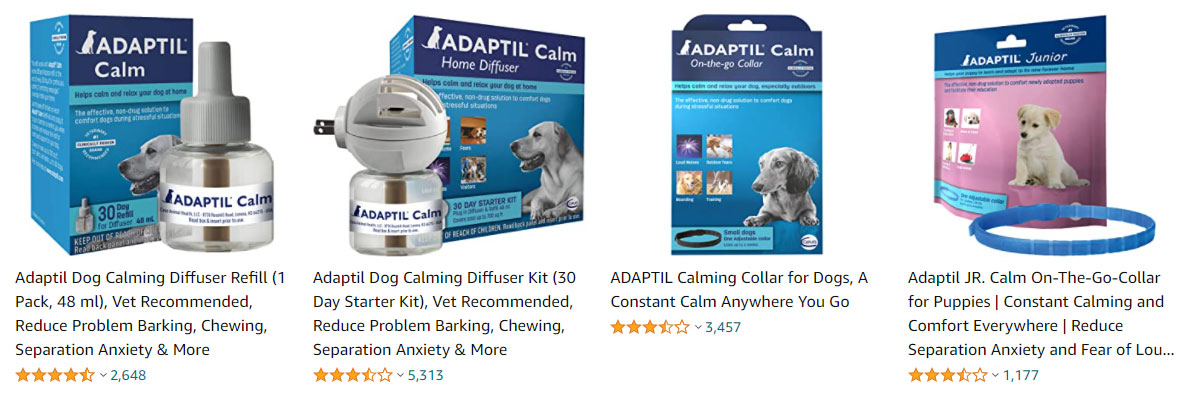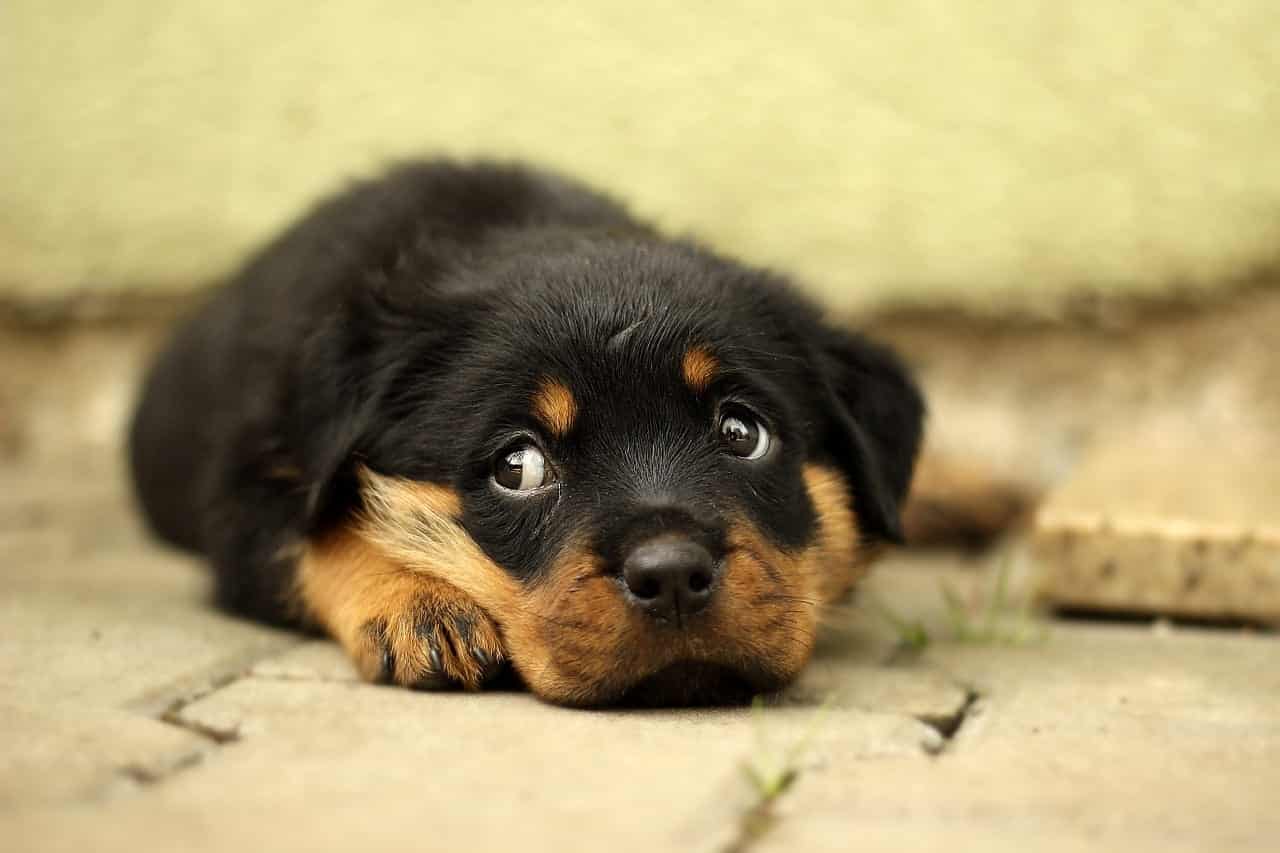Fearful dog
Your dog is afraid of people, cars, the city, other dogs, the vacuum cleaner, a noise or other? You don't know how to calm him down and educate him in all serenity? I propose you here my best advices to succeed in educating your fearful dog.
First of all, you should know that fear in dogs is a natural survival instinct: I am wary of what I don't know, so I protect myself. Moreover, you should know that when a dog is afraid, he has all his senses awake and therefore has a much better perception of his environment.
Therefore, instead of fighting this fear, we will rather regulate it. Especially if your dog's behavior becomes excessive.
Nevertheless, since "fear does not avoid danger", your dog must understand that he can trust you and that you are there to protect him and guarantee his safety. He doesn't need to worry about anything, because you are there. But for this to happen, you must have an impeccable attitude.
What attitude to adopt when your dog is afraid?
First of all, you should ignore your dog's fearful reactions because by paying attention to them, you are putting a certain value on them and therefore unconsciously reinforcing your dog's behavior.
The worst attitude to see is to pet your dog to "reassure" him. Instead of reassuring him, we are expressing that we agree with him and therefore that we completely validate the attitude that he adopts, which stems from fear. Indirectly, we reinforce the dog's fear.
Screaming will not be a solution either because by doing so, we legitimize the dog's fear. Basically, if you yell, you are not in a calm emotional state either, and this causes your dog to worry even more.
On the other hand, if you are confident, calm and composed, your dog will have more confidence and this will be a first step towards solving your problem. In other words, your dog should think that if you are not afraid, there is no reason for him to be afraid.
Bottom line:
- Ignore your dog when he is afraid
- Strengthen your relationship by having a relaxed and calm attitude
- Be your dog's role model. If you are afraid, he will be afraid...
- Divert his attention, create the connection with you so that he calms down
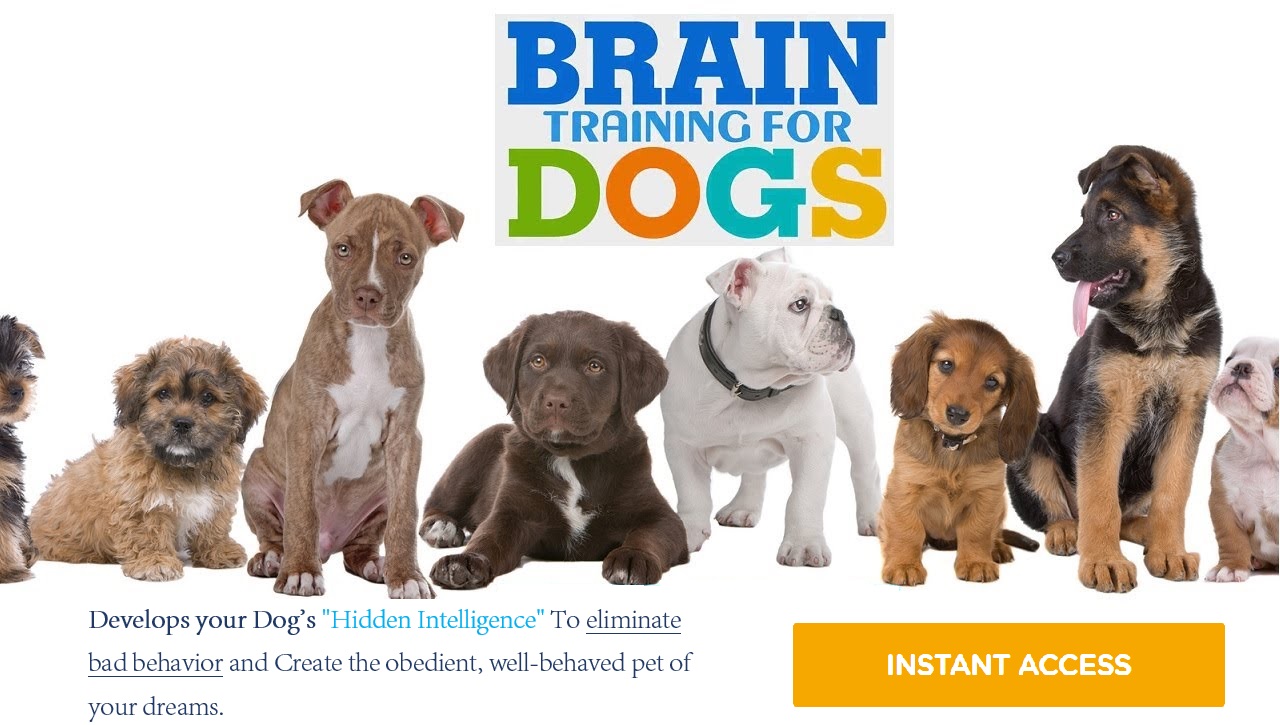
A developmental disorder that explains your dog's fear:
Sometimes it's hard to calm your dog down... He's afraid of everything and it's completely beyond you. Well, let me give you a few hints that may explain this. Are you familiar with sensory deprivation syndrome?
Yes, it's a technical term, but it's essential to know about it when you adopt a dog because there are many aspects to control and anticipate before and during the adoption to avoid this disorder.
The sensory deprivation syndrome is also called kennel syndrome (which is a more meaningful term I would say). In short, this disorder affects dogs that have had little or no stimulation during their development (during the first three months of their life).
For example, a 3 months old puppy who has only known the kennel of his kennel and then only his garden (in order not to risk that he gets sick before all his vaccines), will certainly have difficulty to apprehend all the new things that will be offered to him afterwards. He will then be able to trigger fears and anxieties concerning environments, objects or individuals.
And yes, you should know that from the puppy's 3 weeks to his 3 months, with as many different species as possible. All this for what? Well, simply to desensitize him to the most common situations that he will experience later on, but especially to get him used to discovering new things regularly.
Because once he's an adult, if he's not sufficiently stimulated during his development, your puppy won't have a very full hard drive and won't be able to rely on his past experiences, since there simply won't be any.
In short, your puppy's hard drive must be enriched as much as possible so that it can serve as a database for your adult dog.
How to avoid this disorder?
• Choose your kennel carefully, prefer a kennel where the socialization of the puppy is already in place from the first month of the puppy.
• When you adopt your puppy at two months old (legal age for selling puppies), you still have one month (until he is 3 months old) to give him a maximum of positive and varied experiences to enrich his hard drive.
• Don't wait for your puppy's last vaccinations to take him everywhere! Take him out as much as possible, but avoid places where many dogs regularly pass by and where hygiene leaves something to be desired.
• As I mentioned earlier, ignore your dog's attitudes when they are related to fear.
• Set up quality intra- and inter-specific encounters: that is, encounters with humans and dogs that are regular and positive above all!
• Never focus on quantity, but on the quality of your dog's experiences!
• If your dog is really afraid of everything, of his environment and that it becomes unmanageable, that he even starts to be aggressive you defend yourself/protect yourself: call upon a canine behaviorist educator as well as a veterinarian so that they can propose you a work plan as well as a possible adapted treatment.
What can you do on a daily basis to educate your fearful dog?
We are going to distinguish two types of fear: a fear that we call an ontogenic fear, it is a fear linked to an identifiable element (like a vacuum cleaner for example), then, a permanent fear linked to an environment, whether it is the city for puppies who have never known the city or the crowd for puppies who have not been used to walk in places rich in people for example.
Please note that for dogs suffering from sensory deprivation disorder (kennel syndrome), a job is possible if the dog is less than one year old. If the dog has been reinforcing this behavior for more than a year, the desensitization work will be much more complex. So don't wait to intervene as soon as symptoms related to fear appear.
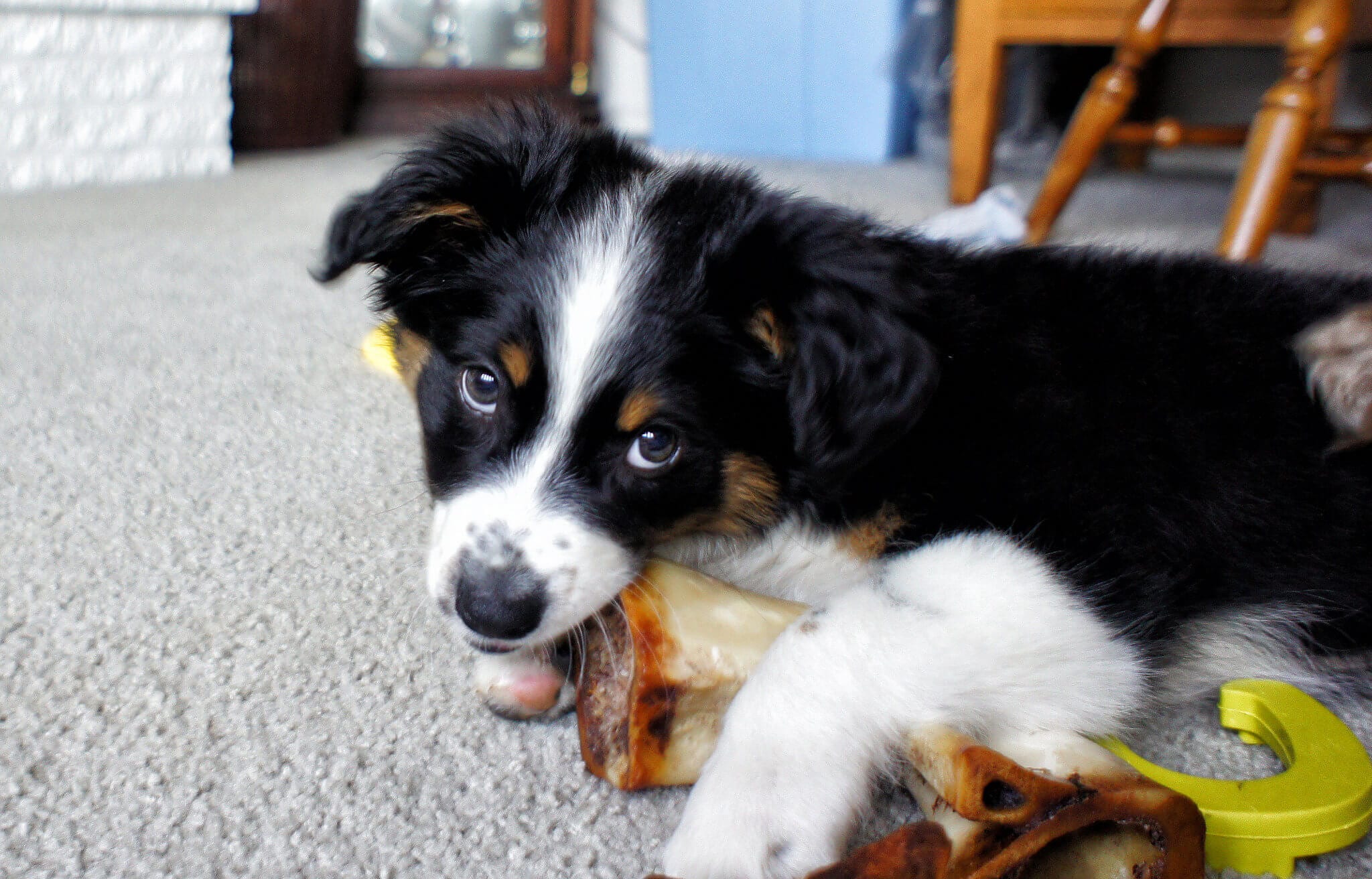
Treating an ontogenic fear (identifiable element):
At this stage, which is the first stage of the kennel syndrome, a work is quite possible, it is that of habituation. The work of habituation will consist in making the object of his fears become an everyday object, quite normal and without danger.
I am thinking in particular of dogs who are often afraid of vacuum cleaners... Well, in order for the puppy to lose interest in them, this object must become part of his daily life. We will then put it in the middle of the room without turning it on and by rewarding the dog as soon as he approaches it.
In other words, we get the puppy/dog used to living next to this element, without any risk. Then, we will complicate things by pretending to vacuum without turning it on, then by turning it on but leaving it static, then by vacuuming completely.
This work requires respect for the dog's rhythm; the sessions must not last too long, but it is essential that they be offered regularly to the dog in question.
Furthermore, we must make sure that the dog is allowed to run away if he wants to. Indeed, if the dog feels trapped and constrained, he could end up being aggressive to get out of this situation that makes him uncomfortable.
To conclude on this point, you need to create positive conditioning for your dog. He needs to understand that when he is in the presence of this or that object, something positive is happening so that eventually the presence of this or that object will result in something neutral. We will then use treats or the dog's favorite toys so that he really assimilates this to something positive.
Treating a permanent fear linked to the environment:
This stage will be diagnosed in a dog that will hide permanently, will never be comfortable in the environment offered to him, will explore his environment only at night and if he does so during the day, it is by having a very static attitude with the neck stretched but always ready to flee.
Moreover, a dog who is afraid of his environment will adopt at the same time substitute activities which will allow him to evacuate his stress: excessive licking of his lower limbs until he hurts himself for example.
At this stage, habituation therapy will not be possible. It is more the prevention that will be put forward. Nevertheless, an immersion work will be possible, which will allow the dog, and you, to work progressively.
For this work, if your dog is concerned by this point, I will not go into details because everything depends on the dog, its character, its past, your attitude, the environment in question, etc. In this case, it will be essential to call upon a professional in the field of education and canine behavior so that an adapted work plan is proposed.
How to soothe your dog on a daily basis?
Have a consistent, fair and serene attitude.
Offer your dog a place of his own, where he will be comfortable and safe (a crate with the door open would be ideal because it would allow your dog to have a safe place to stay).
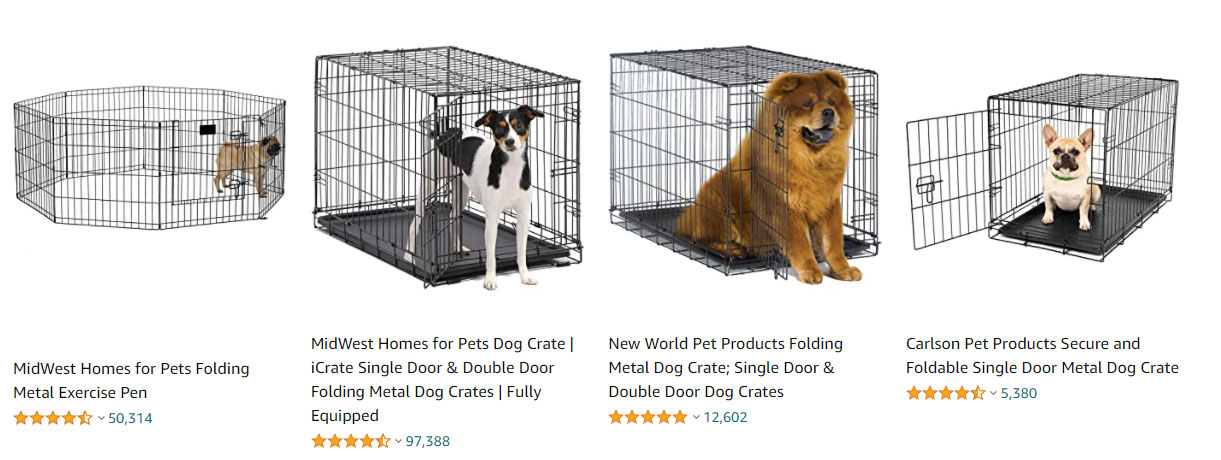
Multiply the positive experiences when you adopt your puppy.
Decondition your dog by including the object of his fears in his daily life.
Ignore your dog's fear-related attitudes.
Seek advice from a veterinarian for medication, if necessary.
Ask about Bach Flower Remedies, which are flower essences that can be used as a cure to calm your dog. Do not hesitate to ask your pharmacist or a specialist in the field for advice.

Adaptil diffusers can also help you soothe your dog. These diffusers release soothing pheromones, called Apaisine, which are in fact the same pheromones secreted by the mother during feeding. This will soothe your dog, remembering those relaxing moments when he was a puppy.
